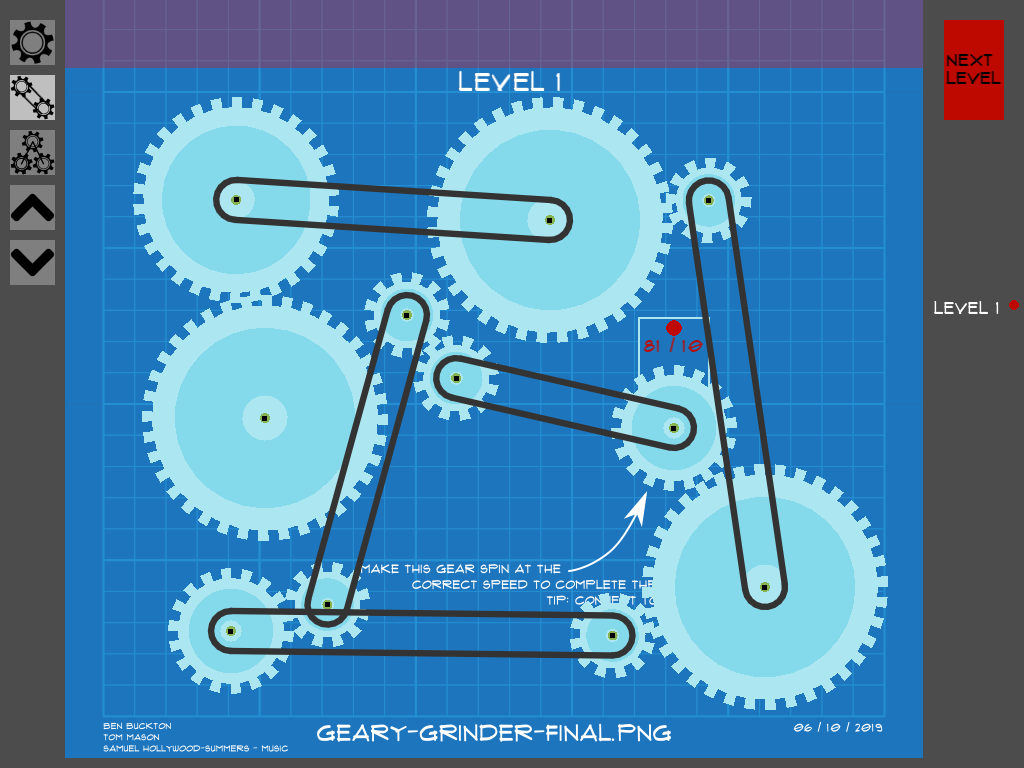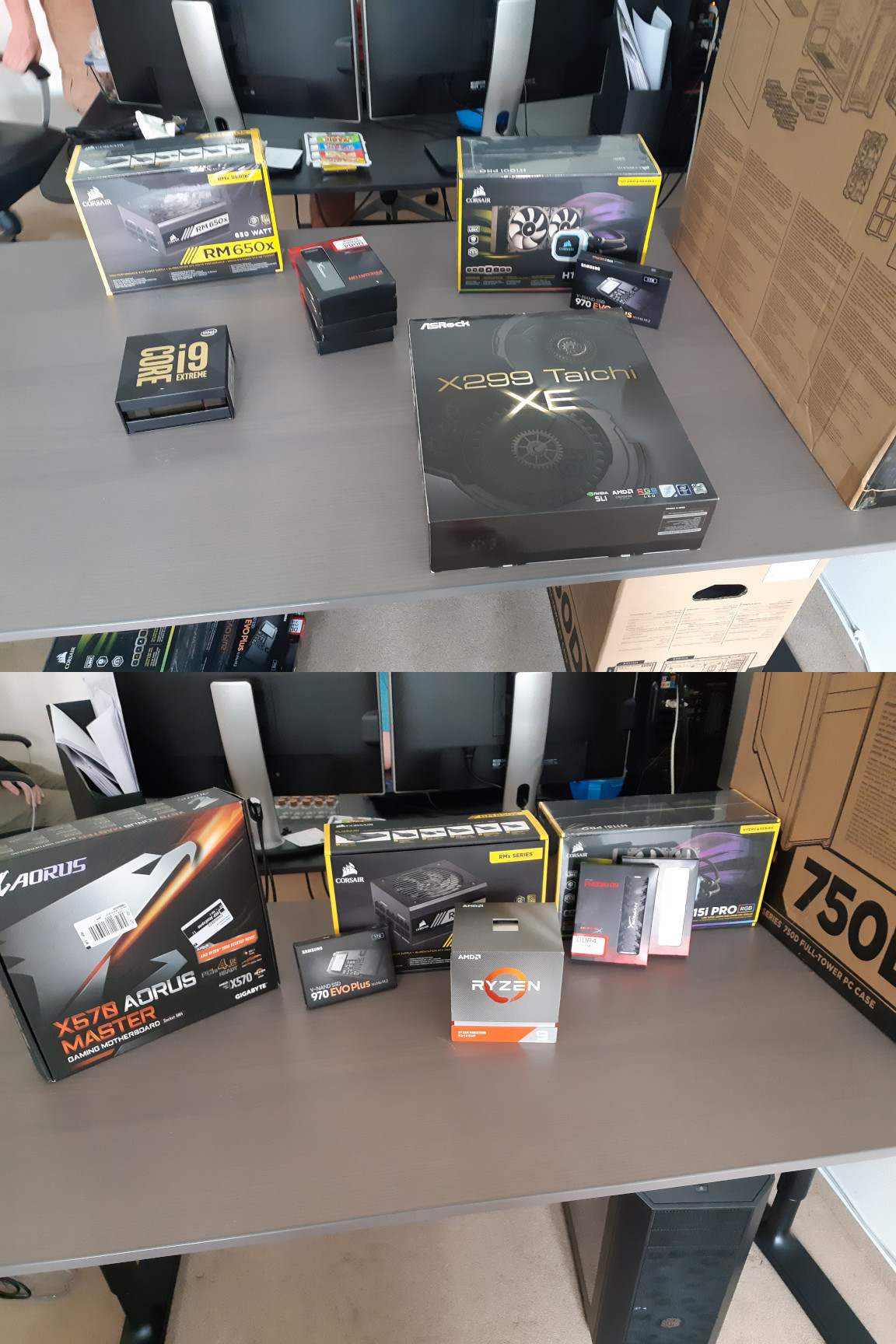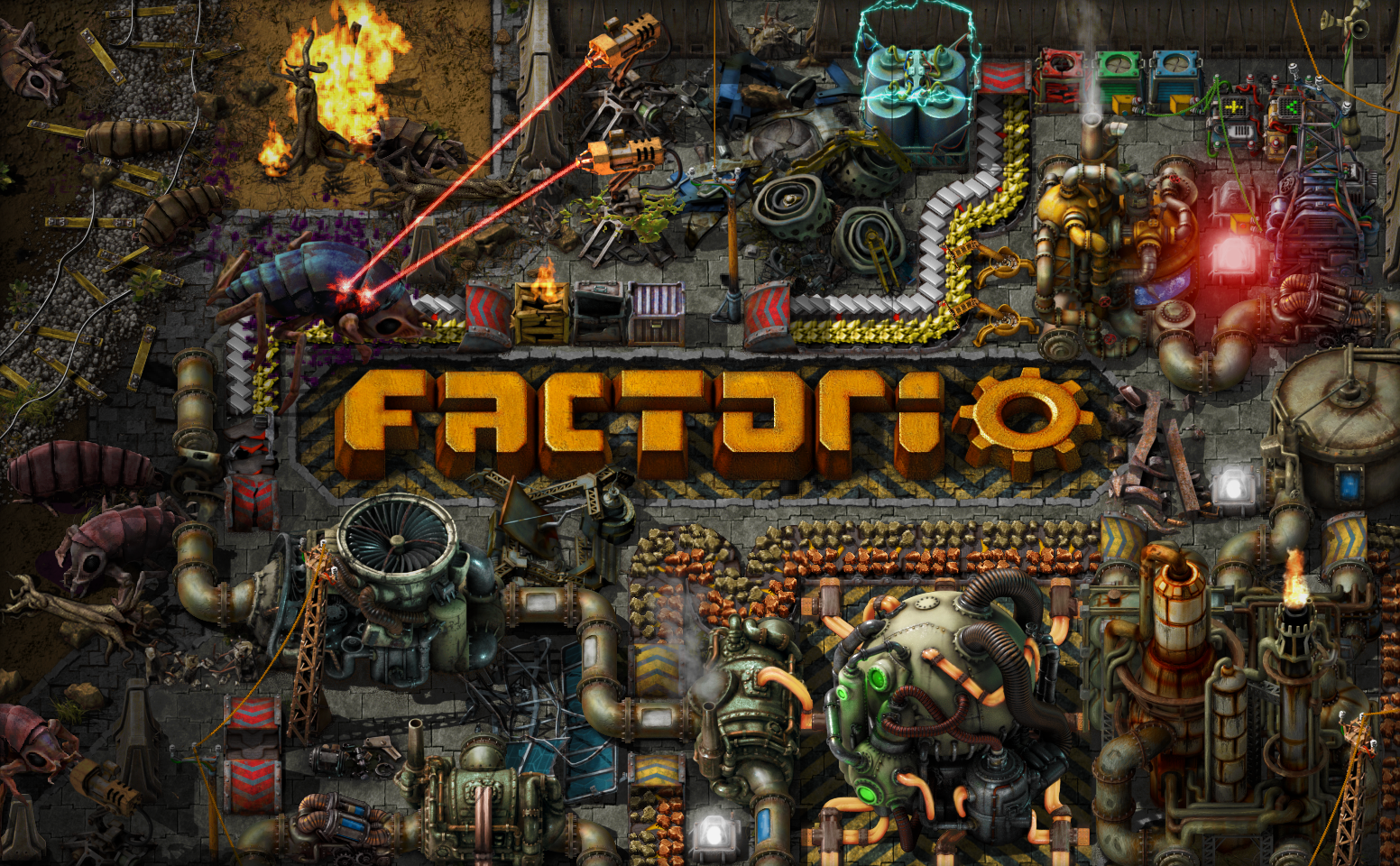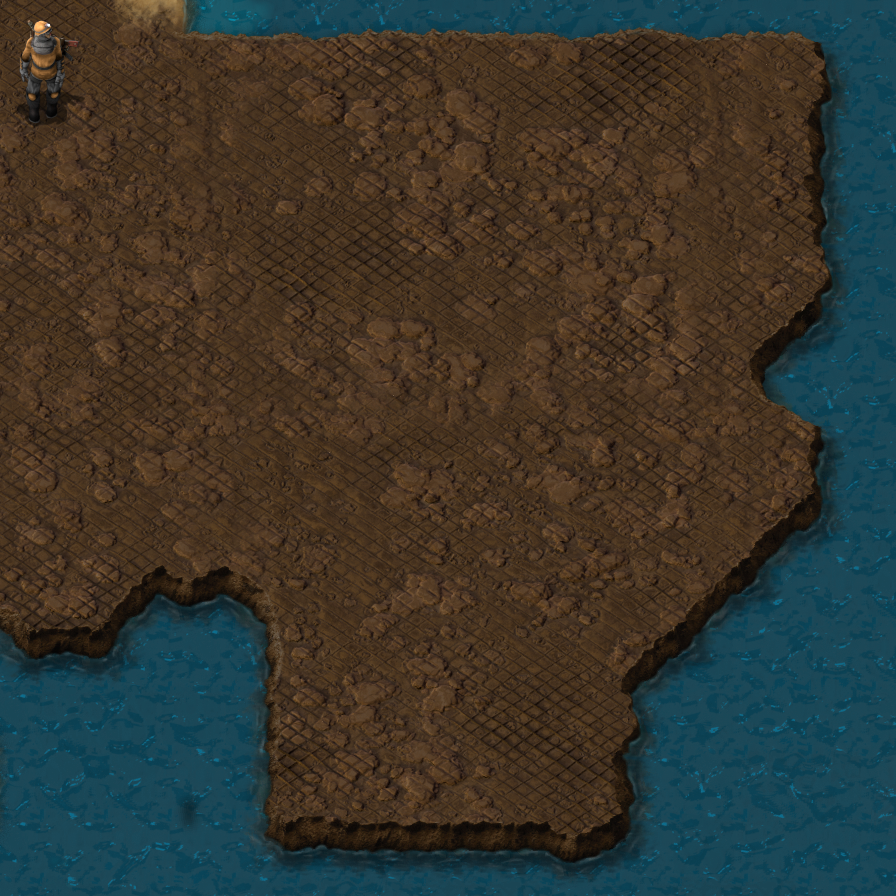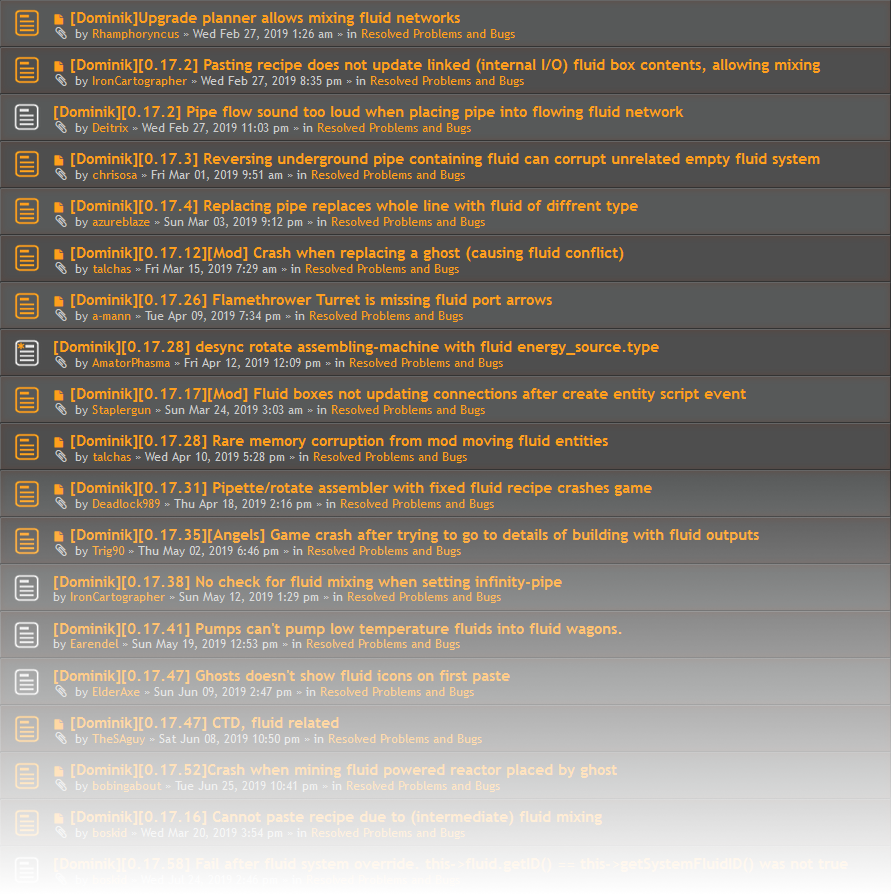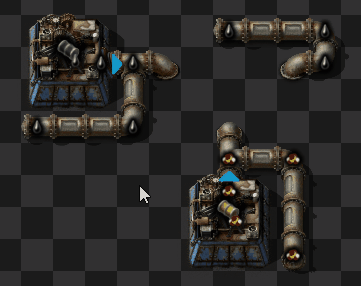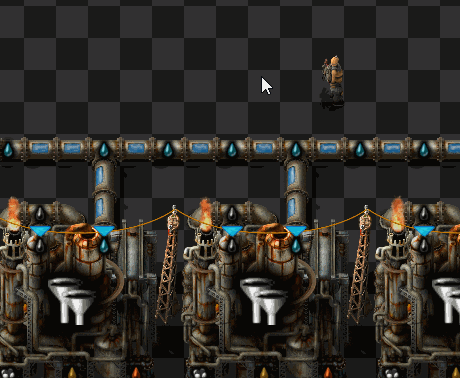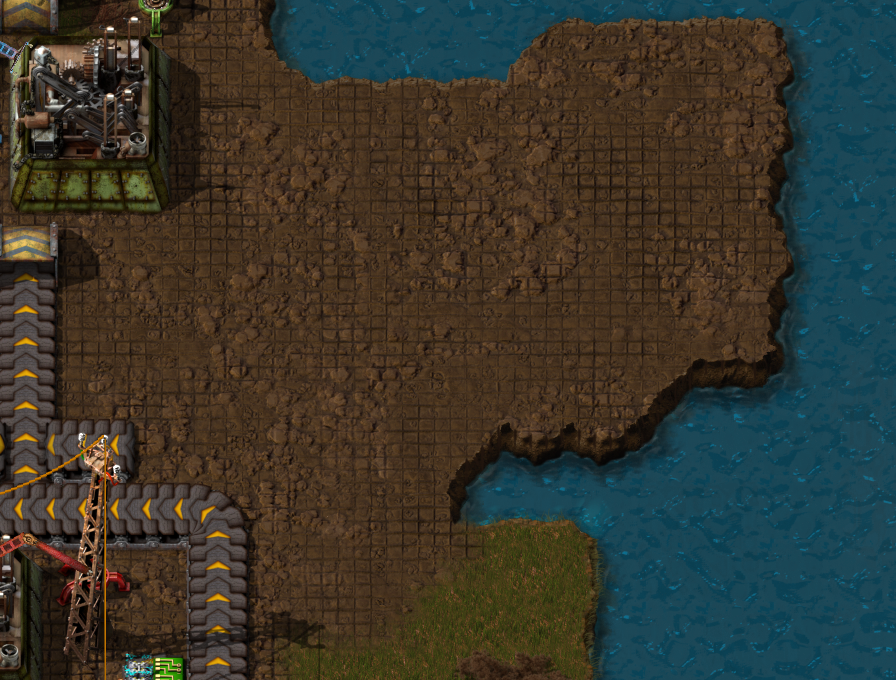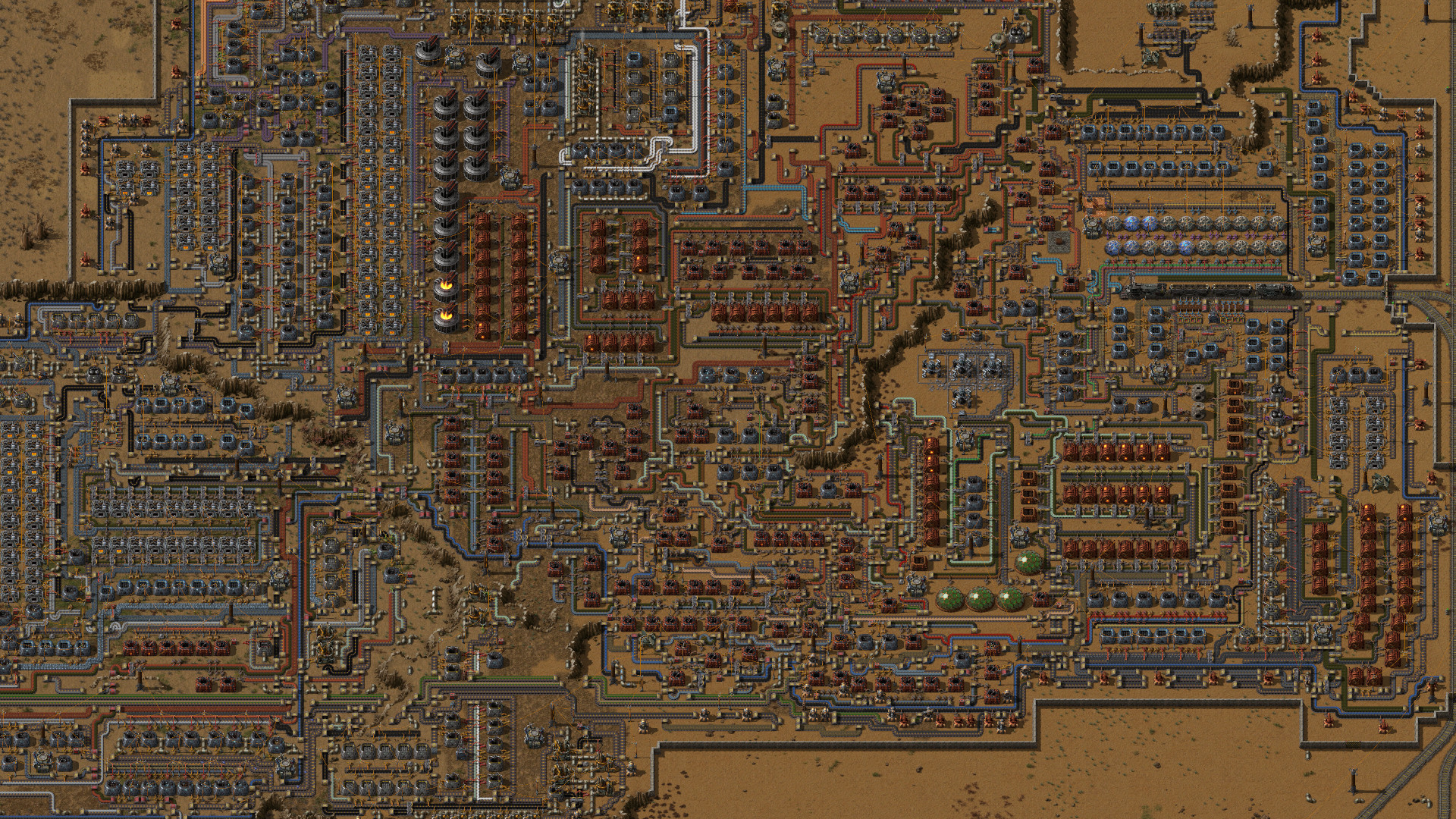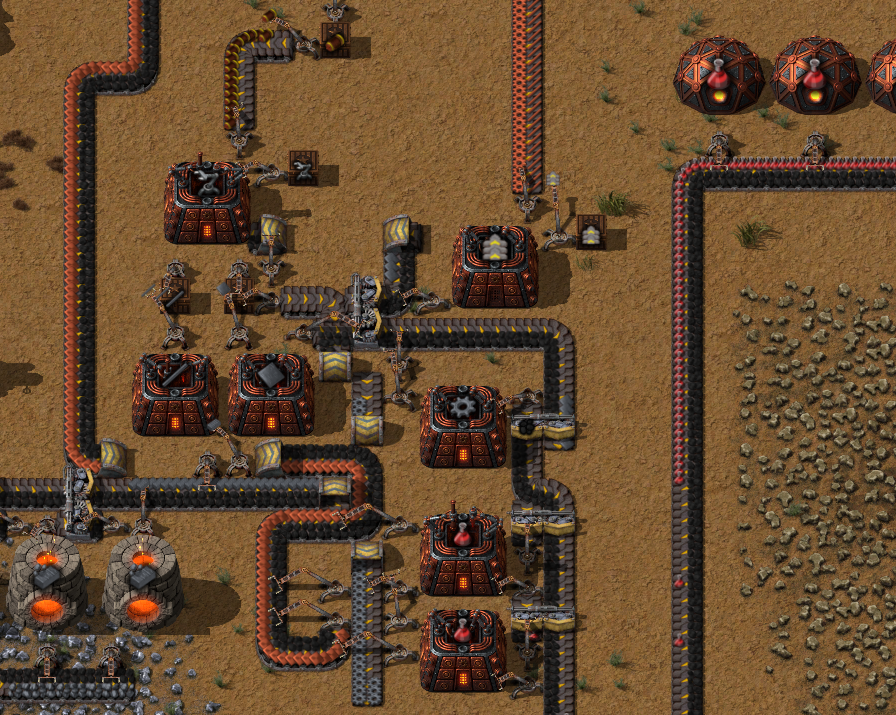
Oct 15, 2019
Factorio - wheybags
Features
- Added interface option to adjust the number of shortcut bar rows that are visible on the screen.
- Added ability to shift click a research in the technology screen to start that research.
- Allowed setting filters with the ghost cursor.
Changes
- Biters and Spitters will no longer collide with other biters/spitters. more
Graphics
- Added new remnants for several entities. They are still work-in-progress and subject to further change.
Bugfixes
- Excluding runtime fluid mixing check from assembler migration that caused some crashes when loading a save with mixing in it.
- Fixed landfill map color on old saves. more
- Added migration to recalculate tile transitions when tile layer definition changes in tile prototype. more
- Fixed that artillery remote failure sounds could be duplicated in some cases. more
- Fixed that the game would still process mod dependencies for disabled mods. more
- Fixed that underground pipes with different length could sometimes connect one tile further.
- Fixed that the cursor would appear in the wrong position after textbox alignment was changed by scripting. more
- Fixed placement of scrollbars around textboxes. more
- Fixed a crash related to teleporting biters during the ai-completed events. more
- Fixed that non-square crafting machines without fluid boxes didn't rotate correctly. more
- Fixed that the game would freeze when trying to find automatic artillery targets with very high levels of artillery range. more
- Fixed tile ghosts sometimes overlapped on edges which created visible lines. more
- Fixed that the on_gui_switch_state_changed event would fire twice in some cases. more
- Fixed wrong damage bonus values in tooltips of combat robots and units in a different force. more
- Fixed that the research screen would show a technology as "available" when it was queued. more
- Fixed that LuaEntity::last_user didn't support writing `nil`. more
- Fixed that mod GUIs could show on top of the technology screen after loading a save. more
- Fixed a crash when using the /screenshot command. more
- Fixed that the --disable-migration-window command line option didn't always work. more
- Fixed that pumps had a drain when using a non-electric energy source. more
- Fixed a bug in fluid system splitting.
- Changed order of pipe connections to avoid previous cases of fluid mixing. A.k.a Boskid's deferred pipes.
- Offshore pumps now set fluid filter automatically based on produced fluid. more
- Fixed crash when closing shortcut selection list while dragging. more
- Fixed that biters could get overloaded by artillery and stop moving. more
- Fixed that biters could get stuck during attacks. more
- Fixed that biter pathfinding could cause unreasonably large save files. more
- Fixed that biters would attack in a single file due to their colliding with each other. more
- Fixed that personal roboports would function with literally no power.
- Fixed migrating pre-0.17 maps with detached characters that had a grid armor in quick bar would corrupt game state. more
Modding
- Added optional flying robot prototype property "max_speed".
- Added light_renderer_search_distance_limit to utility constants.
Scripting
- Changed LuaEntity::color to also work for cars.
- Changed LuaStyle::padding, margin to also accept arrays of padding values.
- Added optional "unit_number" to on_post_entity_died event.
- Added support to teleport car entity types between surfaces.
- Added LuaEntityPrototype::call_for_help_radius, max_count_of_owned_units, max_friends_around_to_spawn, spawning_radius and spawning_spacing read.
- Added LuaForce::research_enabled read.




